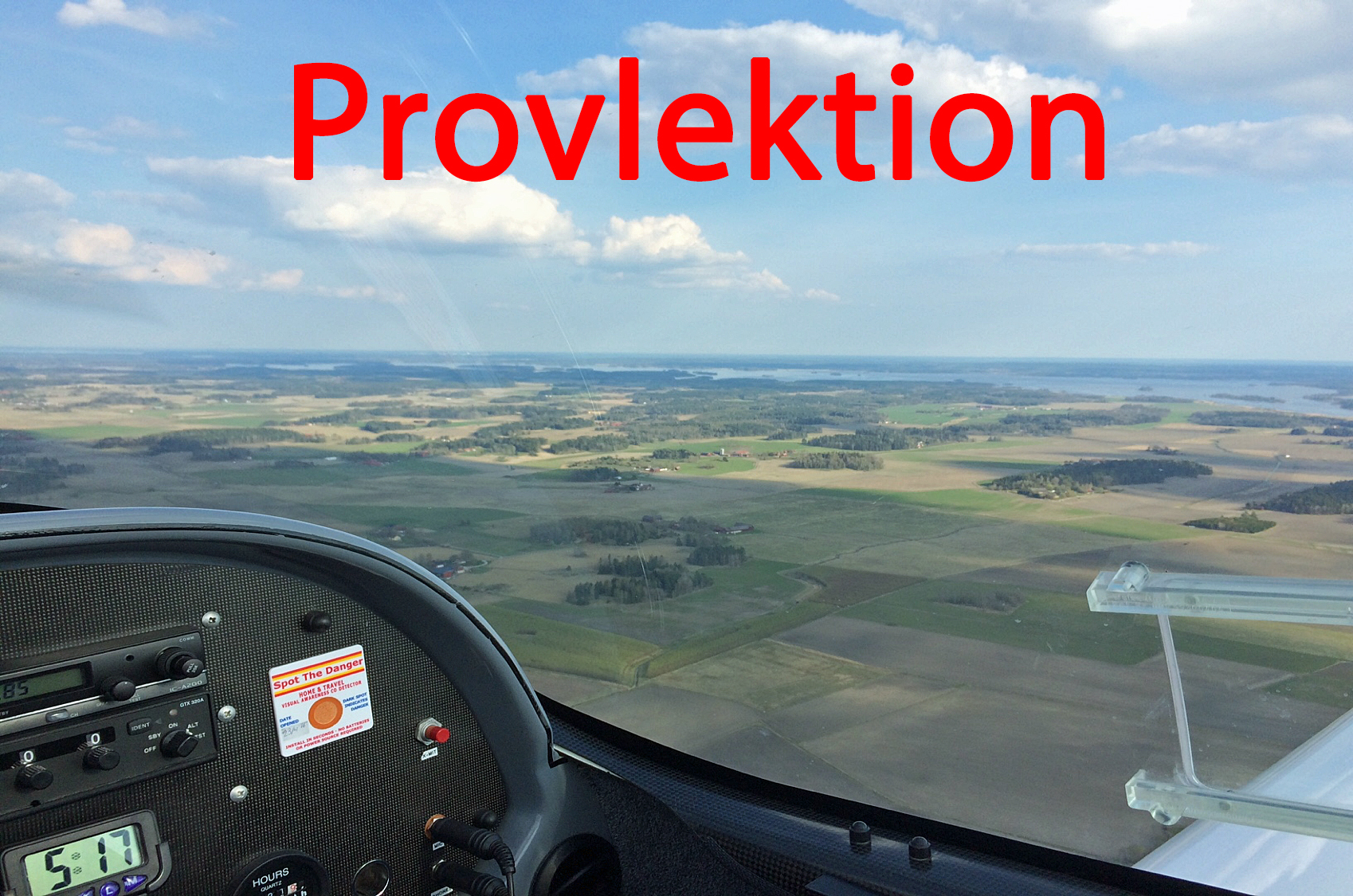Stalin`s response to Mao`s Telegram of June 21, when he rejected his request for additional weapons and discussed the possibility of a ceasefire. However, this agreement was never reached and a conference in Geneva in 1954, which was to reject a formal peace agreement, ended without an agreement. An important and problematic point of the negotiations was the repatriation to war captivity. [22] The Communists held 10,000 prisoners of war and the UNC 150,000 prisoners of war. [9] The VPA, VPA and UNC could not agree on a repatriation system, as many VPA and KPA soldiers refused to be repatriated to the North,[23] which was unacceptable to the Chinese and North Koreans. [24] In the Final Ceasefire Agreement signed on July 27, 1953, a commission for the repatriation of neutral nations, chaired by Indian General K. S. 1952, saw the United States elect a new president, Dwight D. Eisenhower, and on November 29, 1952, the president-elect traveled to Korea to examine what might end the Korean War. [26] When the United Nations accepted India`s proposed ceasefire during the Korean War,[27] the VPA, VPA and UNC stopped fire with the battle line, roughly on the Kansas line. a series of UN positions north of the 38th parallel, which had been set up in Operation Rugged. [28] After the ceasefire was approved, the belligerents founded the Korean Demilitarized Zone (DMZ), which has since been patrolled by the KPA, ROKA, the United States, and joint UNC forces. Discussions continued slowly due to difficulties in demarcating the borders between North and South Korea.
China and North Korea expected the line to remain at the 38th parallel.. . .



